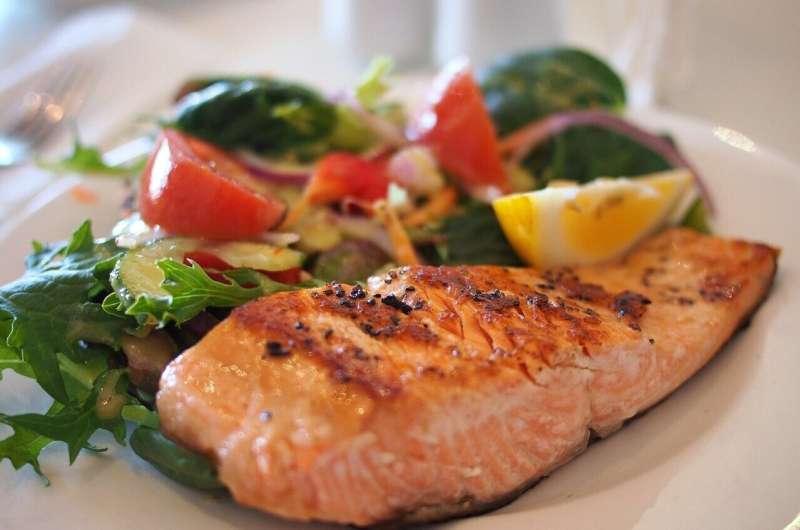
Even before we are born, we need key nutrients found in fish and seafood. That’s according to the current Dietary Guidelines for Americans 2020-2025 (DGA), which advises pregnant women to consume 8 to 12 ounces of a variety of seafood each week. Besides being an excellent source of baby-building protein, seafood provides nutrients such as omega-three fats and iodine which are important to baby’s brain and mental development.
Seafood is also on the list of protein-rich first foods to introduce to infants at about six months of age. Just 2 to 3 ounces a week supplies baby with a good dose of EPA and DHA—vital omega-three fats that young children need for optimal brain development.
Here’s how the experts say it: “The long-chain polyunsaturated fatty acids, specifically the essential omega-3 and omega-6 fatty acids supplied through seafood, nuts, seeds, and oils, influence the infant’s fatty acid status and are among the key nutrients needed for the rapid brain development that occurs through the infant’s first 2 years of life.”
What’s the catch? Some seafood contains high amounts of methylmercury, a toxin that exists in the atmosphere. Large fish such as shark, swordfish and king mackerel are typically high in methylmercury and should be avoided by pregnant women and young children.
That’s no reason to avoid fish meals entirely, however. Good choices that are high in EPA and DHA and low in methylmercury include anchovy, black sea bass, catfish, clams, cod, crab, crawfish, flounder, haddock, hake, herring, lobster, mullet, oyster, perch, pollock, salmon, sardine, scallop, shrimp, sole, squid, tilapia, freshwater trout, light tuna, and whiting.
Here’s another catch: If we all start eating the amount of fish and seafood experts advise, there will not be enough wild fish to meet the demand. And farmed fish isn’t that great, right?
Wrong, say scientists with the Monterey Bay Aquarium. Specialized processes now produce farmed fish that is similar to wild-caught species and is also good for the planet, people and business. Find their best choice recommendations for farmed as well as wild fish at seafoodwatch.org.
OK, but isn’t wild fish more nutritious than farmed fish? Current farming methods produce fish with a similar nutrition profile as wild raised fish, says Linda Cornish of the Seafood Nutrition Partnership. Farmed salmon, for example, get feed that mimics what salmon eat in the wild. And by the way, both farm-raised and wild fish can contain methylmercury that leaches into oceans and other water bodies from the environment.
Source: Read Full Article
